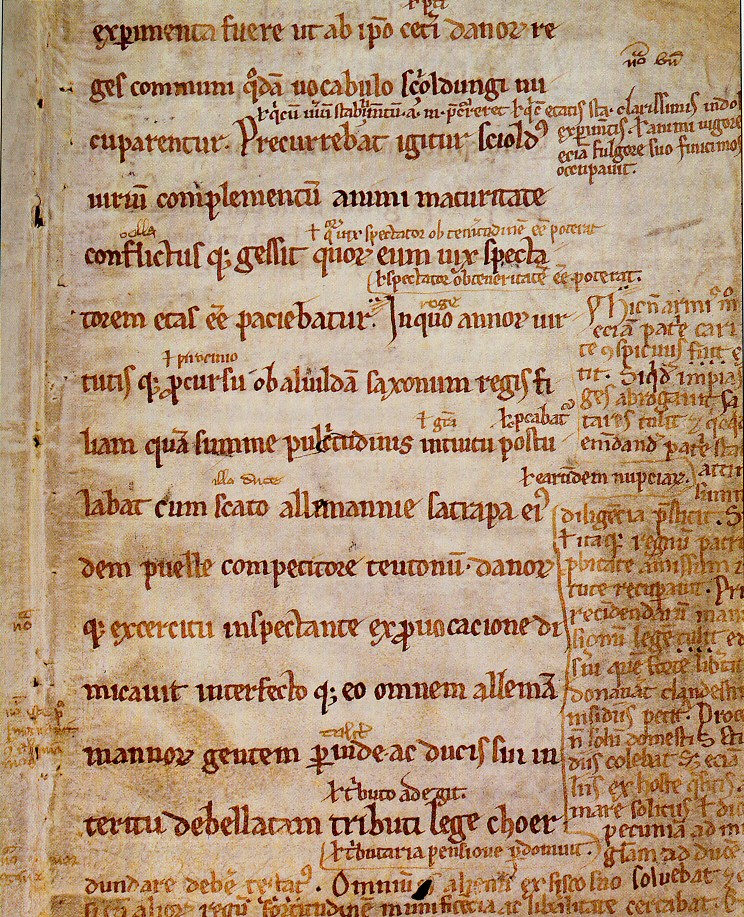|
Chaya (literature)
Chaya (Sanskrit: Chāyā) means 'shadow' or 'gloss', and is meant to provide better clarity on what the Prakrit words meant, and for resolving doubts about homonyms in prakrit. It was an ancient Indian tradition of providing Sanskrit glosses A gloss is a brief notation, especially a marginal or interlinear one, of the meaning of a word or wording in a text. It may be in the language of the text or in the reader's language if that is different. A collection of glosses is a ''glossar ... (transliterations) for Prakrit word forms, particularly in classical Indian drama plays. Sanskrit literature {{India-lit-stub ... [...More Info...] [...Related Items...] OR: [Wikipedia] [Google] [Baidu] |
Sanskrit
Sanskrit (; stem form ; nominal singular , ,) is a classical language belonging to the Indo-Aryan languages, Indo-Aryan branch of the Indo-European languages. It arose in northwest South Asia after its predecessor languages had Trans-cultural diffusion, diffused there from the northwest in the late Bronze Age#South Asia, Bronze Age. Sanskrit is the sacred language of Hinduism, the language of classical Hindu philosophy, and of historical texts of Buddhism and Jainism. It was a lingua franca, link language in ancient and medieval South Asia, and upon transmission of Hindu and Buddhist culture to Southeast Asia, East Asia and Central Asia in the early medieval era, it became a language of religion and high culture, and of the political elites in some of these regions. As a result, Sanskrit had a lasting effect on the languages of South Asia, Southeast Asia and East Asia, especially in their formal and learned vocabularies. Sanskrit generally connotes several Indo-Aryan languages# ... [...More Info...] [...Related Items...] OR: [Wikipedia] [Google] [Baidu] |
Prakrit
Prakrit ( ) is a group of vernacular classical Middle Indo-Aryan languages that were used in the Indian subcontinent from around the 5th century BCE to the 12th century CE. The term Prakrit is usually applied to the middle period of Middle Indo-Aryan languages, excluding Pali. The oldest stage of Middle Indo-Aryan language is attested in the inscriptions of Ashoka (ca. 260 BCE), as well as in the earliest forms of Pāli, the language of the Theravāda Buddhist canon. The most prominent form of Prakrit is Ardhamāgadhı̄, associated with the ancient kingdom of Magadha, in modern Bihar, and the subsequent Mauryan Empire. Mahāvı̄ra, the last tirthankar of 24 tirthankar of Jainism, was born in Magadha, and the earliest Jain texts were composed in Ardhamāgadhı̄. Etymology There are two major views concerning the way in which Sanskrit and Prakrit are related. One holds that the original matter in question is the speech of the common people, unadorned by grammar, and that p ... [...More Info...] [...Related Items...] OR: [Wikipedia] [Google] [Baidu] |
Gloss (annotation)
A gloss is a brief notation, especially a marginal or interlinear one, of the meaning of a word or wording in a text. It may be in the language of the text or in the reader's language if that is different. A collection of glosses is a ''glossary.'' A collection of medieval legal glosses, made by glossators, is called an ''apparatus''. The compilation of glosses into glossaries was the beginning of lexicography, and the glossaries so compiled were in fact the first dictionaries. In modern times a glossary, as opposed to a dictionary, is typically found in a text as an appendix of specialized terms that the typical reader may find unfamiliar. Also, satirical explanations of words and events are called glosses. The German Romantic movement used the expression of gloss for poems commenting on a given other piece of poetry, often in the Spanish style. Glosses were originally notes made in the margin or between the lines of a text in a classical language; the meaning of a word o ... [...More Info...] [...Related Items...] OR: [Wikipedia] [Google] [Baidu] |
Indian Drama
Theatre of India is one of the most ancient forms of theatre and it features a detailed textual, sculptural, and dramatic effects which emerged in mid first millennium BC. Like in the areas of music and dance, the Indian theatre is also defined by the dramatic performance based on the concept of ''Nritya'', which is a Sanskrit word for drama but encompasses dramatic narrative, virtuosic dance, and music. Historically, Indian theatre has exerted influence beyond its borders, reaching ancient China and other countries in the Far East. With the Islamic conquests that began in the 10th and 11th centuries, theatre was discouraged or forbidden entirely.Brandon (1997, 72) and Richmond (1998, 516). Later, in an attempt to re-assert indigenous values and ideas, village theatre was encouraged across the subcontinent, developing in a large number of regional languages from the 15th to the 19th centuries. Modern Indian theatre developed during the period of colonial rule under the Britis ... [...More Info...] [...Related Items...] OR: [Wikipedia] [Google] [Baidu] |



